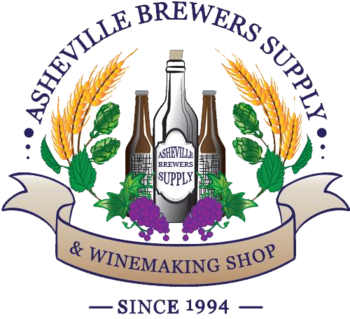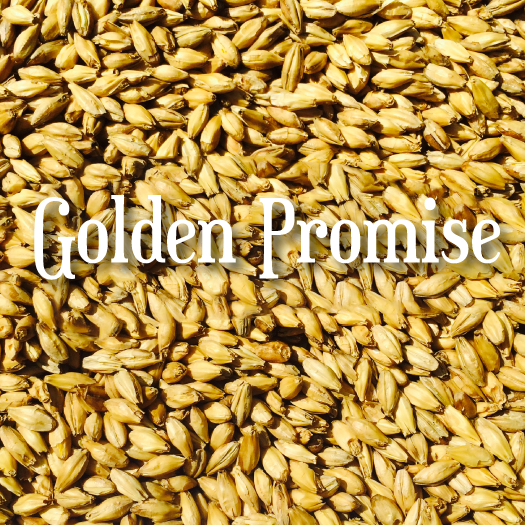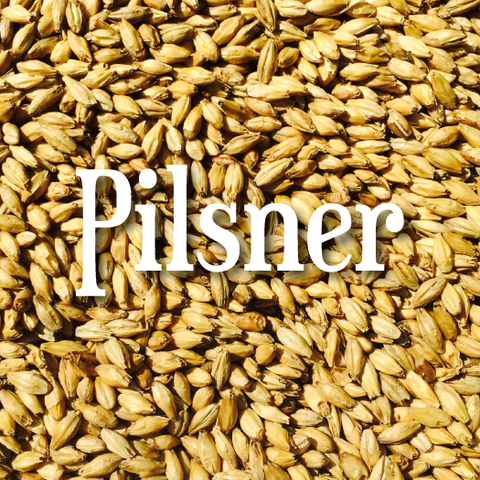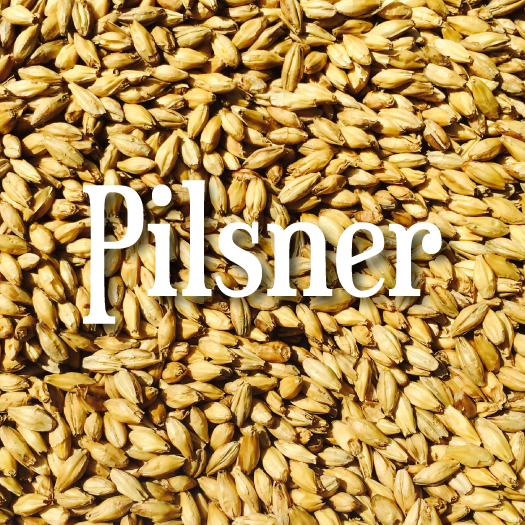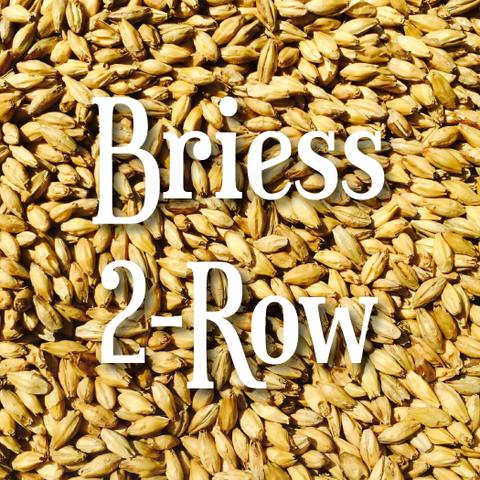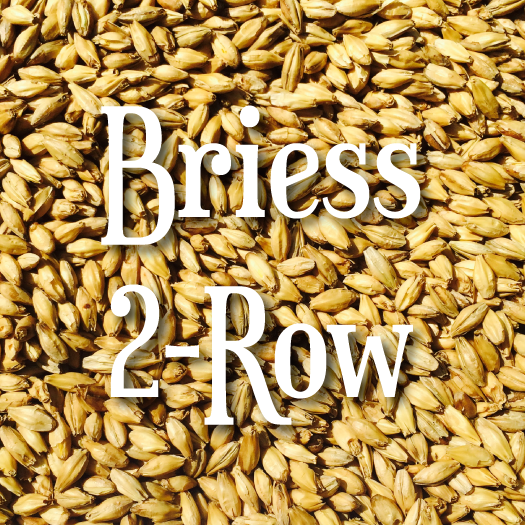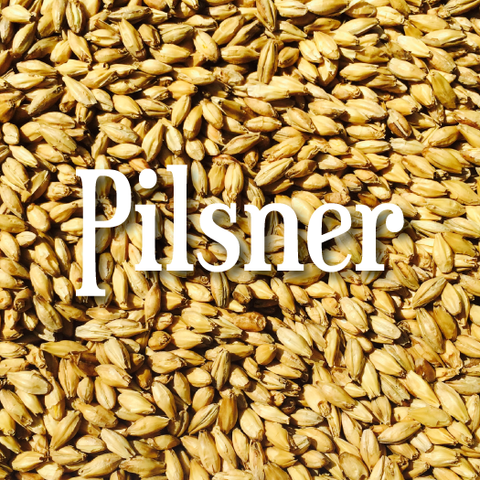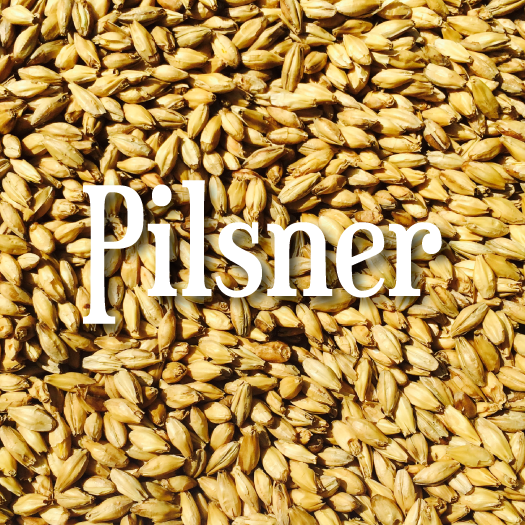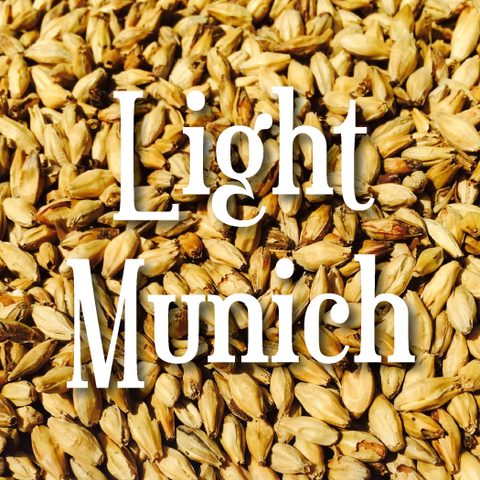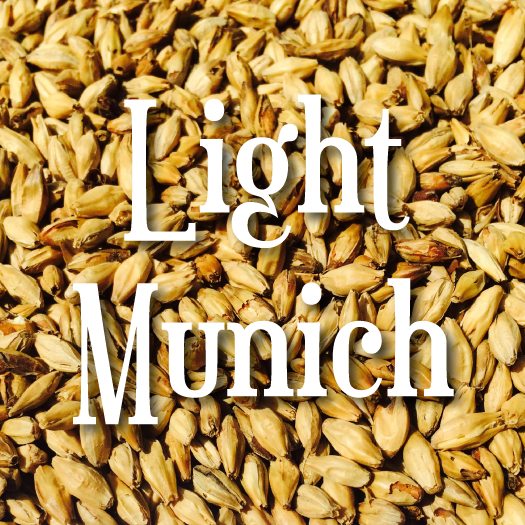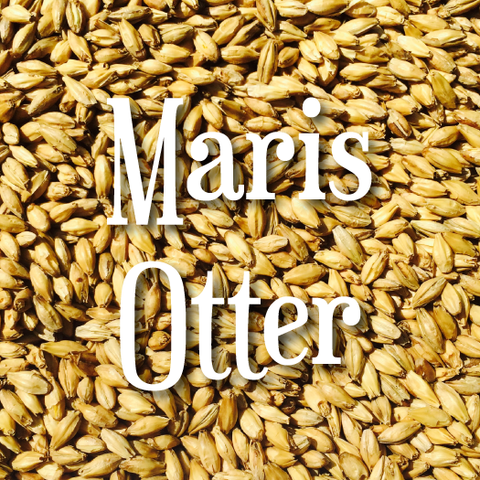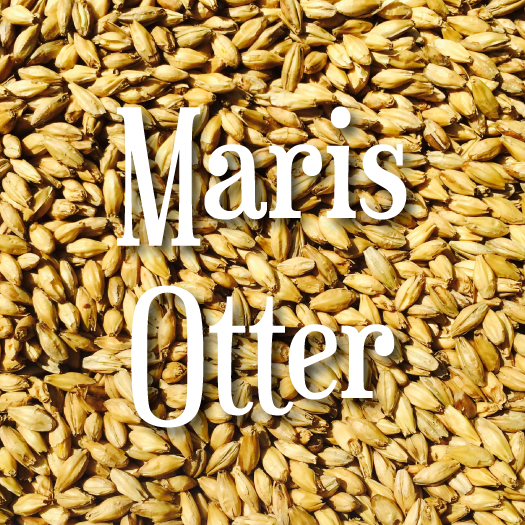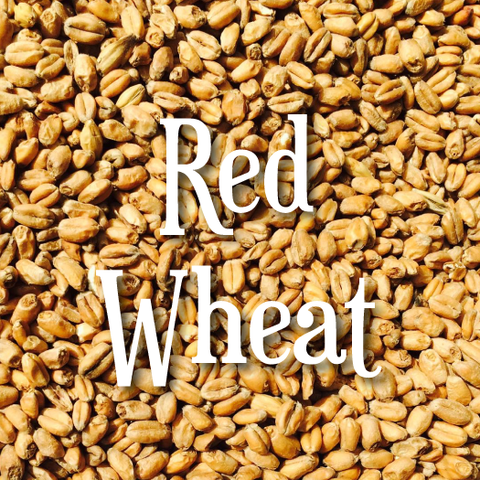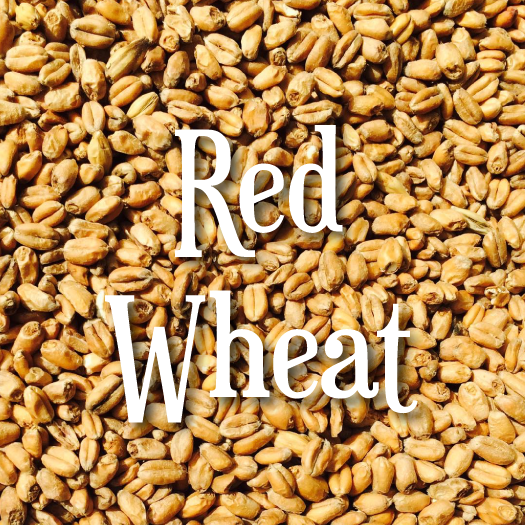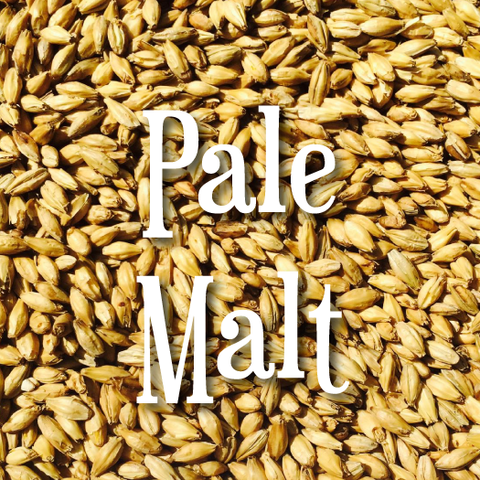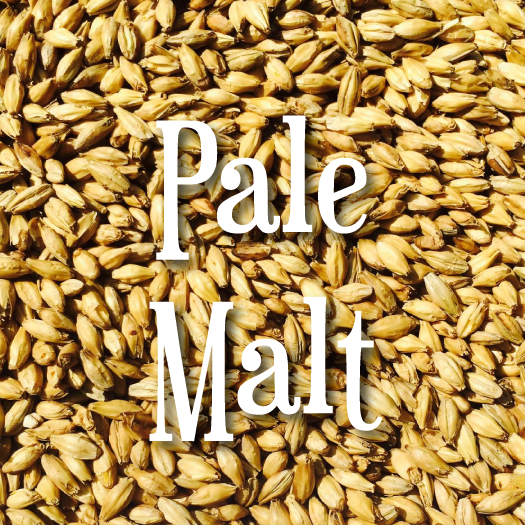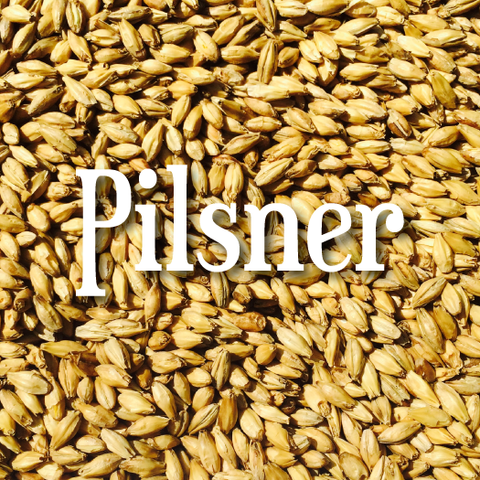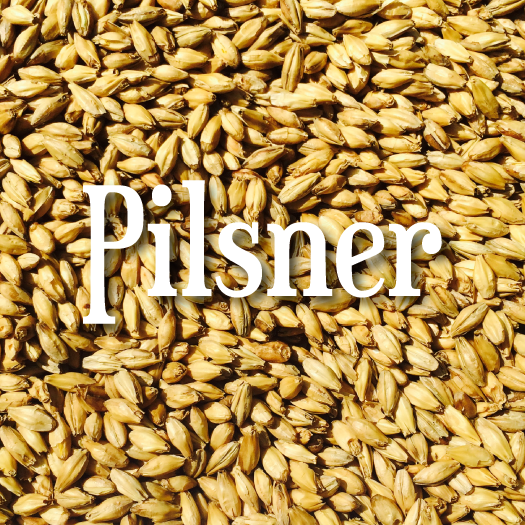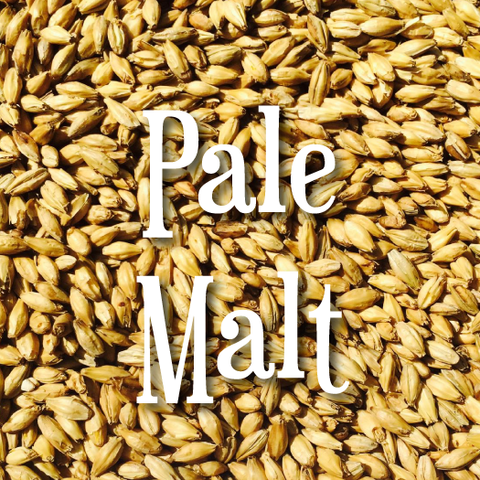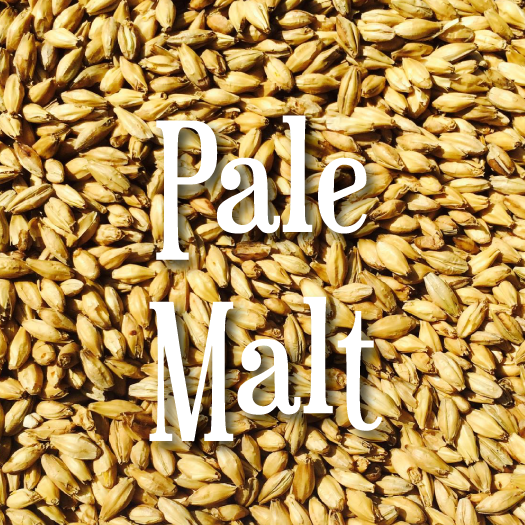Golden Promise Malt
Related Products
Avangard Pilsner Malt
$ 2.30
Excellent base malt for pilsners as well as many German and Belgian beers. Very clean and delicious, providing a balanced, yet full and flavorful malt backbone. This is our go-to pilsner malt. Typical Color: 1.5L. Malt spec sheet here.
Briess 2-Row Brewers Malt
$ 2.30
Briess pale 2-row American brewers malt. Typical color 1.8L. Mildly malty sweet, less grainy, slightly grassy base malt suitable for most beer styles, especially North American styles.-DP 140. For full malt analysis, click here.
Dingemans Pilsen Malt
$ 3.15
Belgian Pilsner malt. Light in color and low in protein, produced from the finest European two-row barley. This malt is well modified and can easily be mashed with a single-temperature infusion. 1.4 - 1.8 L
Light Munich 8L
$ 2.30
German Avangard Munich provides diastatic power and a wonderfully warm, smooth maltiness. Can be used sparingly for added malt complexity or used generously for German malt-forward styles such as Oktoberfest or Munich Dunkels. Typical Color: 8L.
Maris Otter
$ 2.55
Maris Otter has long been a favorite of English breweries, thanks to its rich, nutty flavor and its low protein which allows it to clear quickly. Great base malt for any beer recipe, especially English styles. Maris Otter has a rich, cookie-bready flavor and aroma. Delicious. Typical Color L: 3.0.
Riverbend Appalachian Wheat
$ 2.80
Produced here in Asheville, this is what Riverbend has to say about this regional malt- "This malt uses a new regionally adapted variety of soft red wheat called Oakes. This variety was developed for use in the artisan bread industry, but we’ve found it makes a great malting variety as well! The aroma and flavor are more pronounced than traditi...
Riverbend Base Camp Extra Pale Malt
$ 2.50
This malt is produced using a proprietary blend of regionally grown 2-row barley varieties. It is kilned at a lower temperatures to create a slightly sweet, grainy profile that will compliment your hoppier offerings. Typical Color: 2L. .
Riverbend Chesapeake Pilsner Malt
$ 2.50
Malted right here in Asheville, NC. Made with 2-row barley sourced from Virginia and created through Riverbend's custom malt program, this malt has a slightly sweeter taste compared to the discontinued 6-row Pilsner. You can anticipate hints of breadcrumb and honeysuckle, and its light color makes it suitable for a variety of styles. One of R...
Riverbend Czech-Style Pilsner Malt
$ 2.50
Malted right here in Asheville, NC. Malts originating from the Haná valley in the eastern region of the Czech Republic are traditionally under-modified and have a light color. To control these characteristics, Riverbend Malt House has adjusted the steeping and germination processes, while using a gentle kilning technique to limit color developm...
Riverbend Regenified Southern Select Pale Ale Malt
$ 2.50
This Riverbend Pale Ale malt is made with 100% 2-row Avalon barley cultivated on a farm in Maryland that is certified for Regenified™ practices. It is our initial Regenified offering, showcasing the importance of regenerative agriculture for the soil, waterways, and the environment as a whole. Regenerative farming utilizes a diverse approach t...
Riverbend Southern Select Pale Malt
$ 2.50
Locally malted right here in Asheville, NC. This malt is created utilizing a unique combination of locally sourced 2-row barley strains. Due to their varying germination rates, these strains produce a balanced blend of grain and grassy flavors, resulting in a deliciously sweet honey finish. Excellent choice as a base or blend in to generate a de...
